Key Points and Summary – For decades, China’s advanced fighter jets, including the J-20 stealth fighter, were held back by a critical dependency on Russian-made engines.
-China has systematically overcome this weakness, evolving from copying Russia’s AL-31F engine to reverse-engineering Western commercial cores and finally developing its own powerful, indigenous designs like the WS-10 and WS-15.

China’s J-20 Stealth Fighter. Image Credit: Chinese Weibo/Screenshot.
-The newest J-20s are now flying with homegrown engines, a remarkable achievement that ends a crucial vulnerability and marks a huge leap forward in China’s military-industrial power, closing a major technology gap with the West.
The J-20 Fighter Solves Its Big Engine Problem
WARSAW, POLAND – In 2002, I attended the biennial Aeroengines expo in Moscow. This was back in the days when this show was a major aerospace event in Russia, and the totality of the former Soviet Union’s propulsion technology was on display.
It was also a time when the major military jet engine manufacturers were enjoying brisk sales, maintained relatively friendly (at least by comparison with today) relations with the West, and were able to source Western-designed machine tools and other manufacturing technologies.
The latter point was an excellent boost for Russia’s industry. Still, as we know today, it was also of considerable benefit to the aeroengine enterprises of the People’s Republic of China (PRC).
The PRC had begun receiving large shipments of the Sukhoi Su-27’s AL-31F jet engine that had been produced at the MMPP Salyut plant in Moscow more than a decade before.
However, in those days, the Chinese were still eager students and the Russians the wise masters in the relationship.
This engine became the backbone of PRC combat aviation. Other than being used to power the Su-27s, it was also the model installed in the first batches of the Chengdu J-10. It was the design that taught Chinese engine-makers what a 4th-generation turbofan fighter engine was supposed to look like.
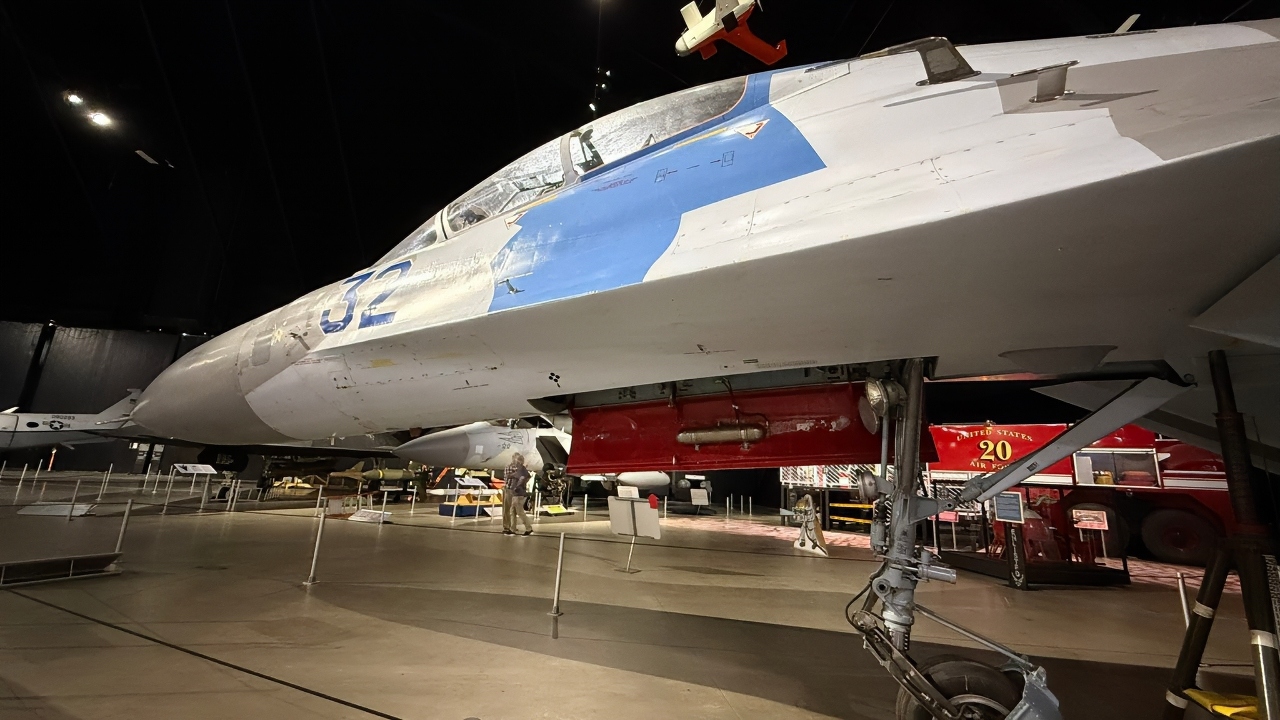
Russian Su-27 Flanker from USAF Museum. Image Credit: National Security Journal.
On the first day of the expo, a reception was held at the nearby Cosmos hotel at the end of the day. Senior industry officials gave brief addresses to the crowd. Among them was the Chinese manager of the main engine repair and overhaul facility that supported the production of the Su-27SK fighter models built under license at Shenyang Aerospace (SAC).
Russia and China: Partners at The Beginning
The Chinese manager at the time could not have been more appreciative of the technology injection that Russia had provided to his industry.
He told the crowd that the Russian industry had provided a foundation for China to enter the world of modern military aviation. “We will never forget what Russian industry did for us,” he said at the time.
Several years later, at the 2011 Aviation Expo China in Beijing, Russian firms were negotiating the sale of large numbers of AL-31F engines to be used in new Chengdu aircraft programs. One of them was the J-20, which had just flown for the first time eight months earlier from the Chengdu Aircraft Plant No. 132 aerodrome.
Senior officials from the Salyut plant stated that the number of AL-31F engines sold to the PRC was “nearing 1000 units.” Russia had also provided its Chinese partners with complete maintenance and repair documentation.
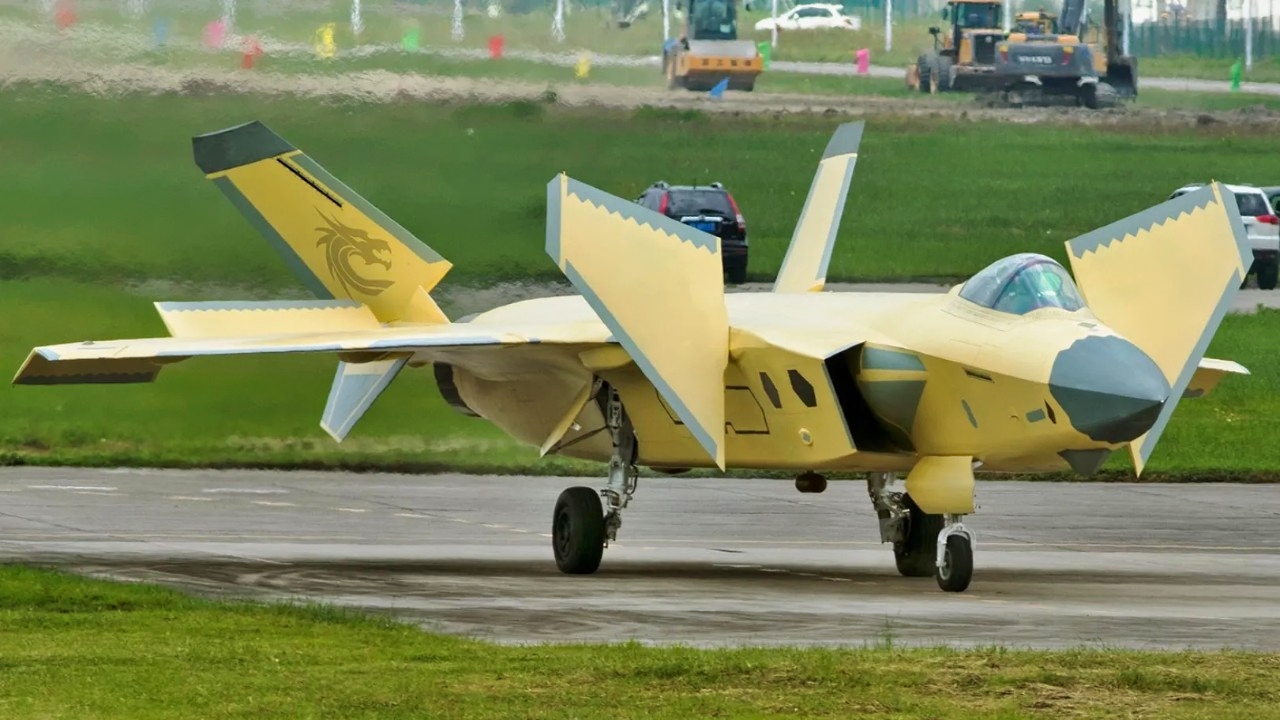
J-20 Fighter from China Mighty Dragon. Image Credit: Chinese Weibo.
Demand from China for these engines at this point was increasing so rapidly that the Salyut plant was having difficulty keeping up. Executives at the Russian plant were considering the need to increase their output by as much as 30 or 40 percent.
“A thousand engines is a tremendous number,” said a retired Russian design engineer in Moscow. “This gave the Chinese a very large base to work from in learning how to develop their own engines for their fighter designs.”
The Game Changer for the J-20 Stealth Fighter
At that time, the Chinese aeroengine programs designed to support heavy fighter aircraft, such as the Su-27, J-10, and J-20, were operating on a dual track.
One was an effort to learn from the design of the AL-31F, which they were still using to power most of the major programs coming out of both the Chengdu and Shenyang plants, and develop a suitable—and then later a better—analog.

J-20. Image Credit: Creative Commons.
The other effort was the development of the WS-10 Taihang series of aeroengines. This design, while in the thrust class of the AL-31F, was based on what Chinese designers had been able to reverse-engineer from the GE/SNECMA CFM-56 engines used in commercial aircraft designs. The CFM is a commercial engine, but it did have a core that can be adapted for use in a military design.
From this time forward, a pattern emerged in how the Chinese utilized the fighter engines available to them. Simply put, if the aircraft in question required a reliable engine that was capable of maximum acceleration, the Chinese would use the AL-31F. The reliable Russian engine, a known quantity, would be used in the first batches of the J-20 and was also installed in the Shenyang J-15 carrier-capable fighter.
The WS-10 design would only be used when the aircraft’s performance was considered to be a lower priority; the prime example is the J-11B aircraft, which is a reverse-engineered copy of the Su-27. The acceleration, fuel consumption, and MTBF of the engine were not as critical as it was for other aircraft and their missions.
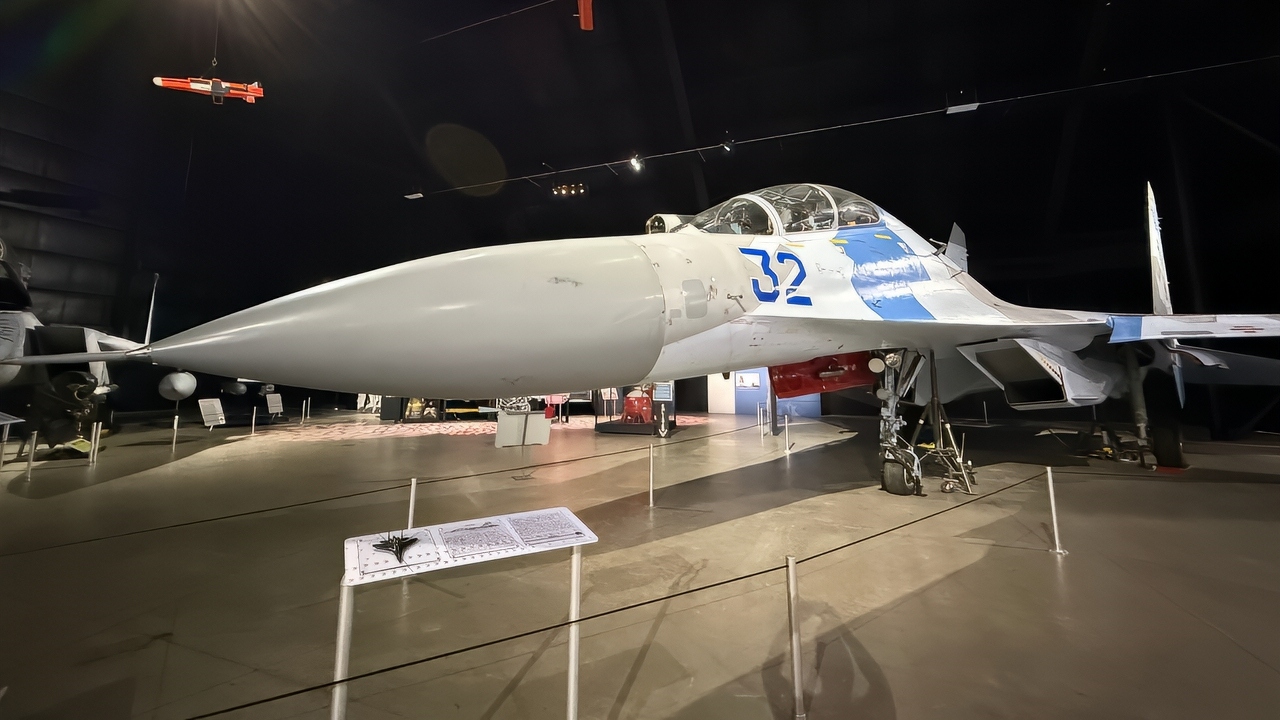
Su-27 Flanker Up Close. Image Credit: National Security Journal Taken on July 19, 2025.
However, in the intervening years, Chinese aeroengine designs have improved to the point where Beijing’s aircraft designers no longer have to “play it safe” by using a Russian engine because it is a known quantity. The latest versions of the Taihang engine, the WS-10C/C2, now power the J-20A/AS, the latest models of that aircraft.
Engines Keep Getting Better
Another design also now used in the J-20 is the WS-15 Emei, which was developed to replace the WS-10C/C2 models eventually. Thus, the J-20 has been the platform that Chengdu has used to test and validate one new engine design after another until the optimum combination of airframe and power plant was achieved.
The advancements in technology in the PRC aeroengine sector have been impressive, much of which can be credited to advancements in metallurgy and other materials science.
More than eight years ago, after the Aeroengine Corporation of China (AECC) conglomerate was formed, Chen Xiangbao, vice-president of the Beijing Institute of Aeronautical Materials, told Chinese news outlets that it “will not take a long time for our fifth-generation combat plane to have China-made engines. We have also begun to design a next-generation aviation engine with a thrust-to-weight ratio that is much higher than that of current types.”
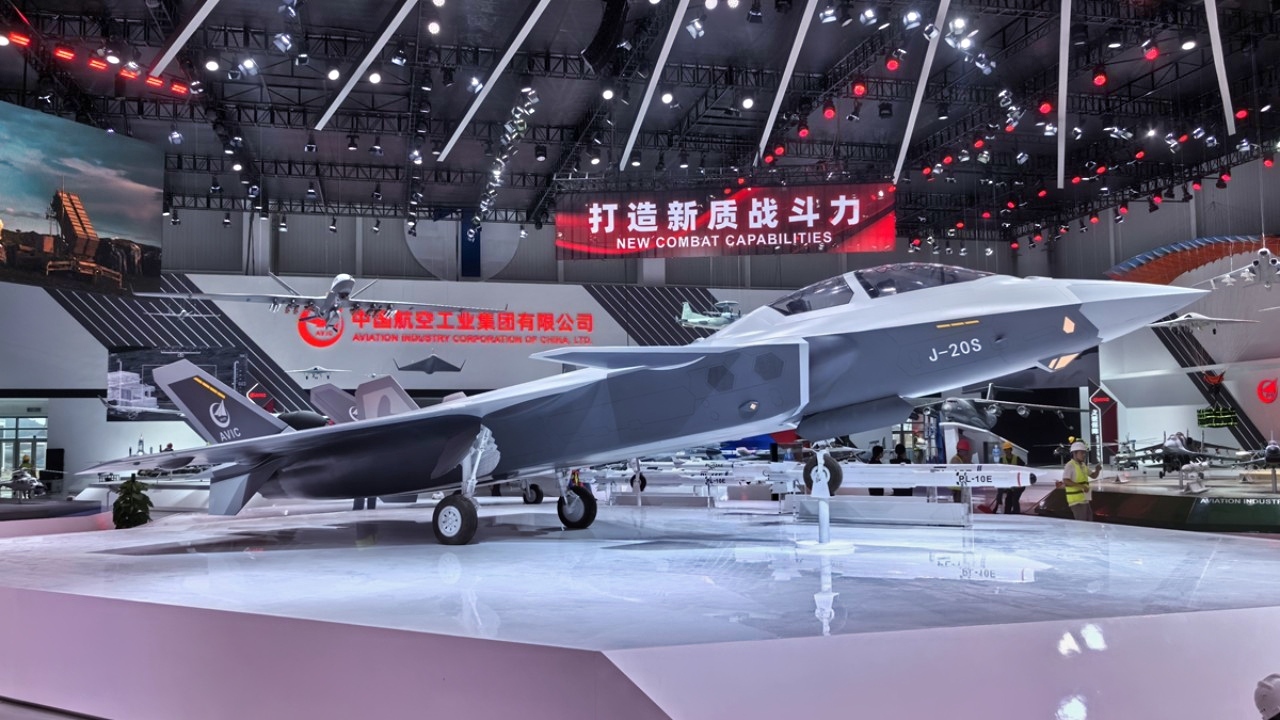

J-20 fighter from China. Image Credit: Creative Commons.
“We are able to develop the two most important components in an advanced engine—the single crystal superalloy turbine blades and powder metallurgy superalloy turbine disks—but in mass production, the products’ quality is [still] not very satisfactory,” added Chen. “The road to success is filled with setbacks and failures. [All] of the world’s engine powers have walked this road.”
China’s aeroengine sector has come quite a distance in this time – and in almost exactly the same manner and for the same reasons as Chen outlined. Chinese engines are still not rated as being in the class of the F-22’s F119 engine or even the AL-51F that powers Russia’s Sukhoi Su-57.
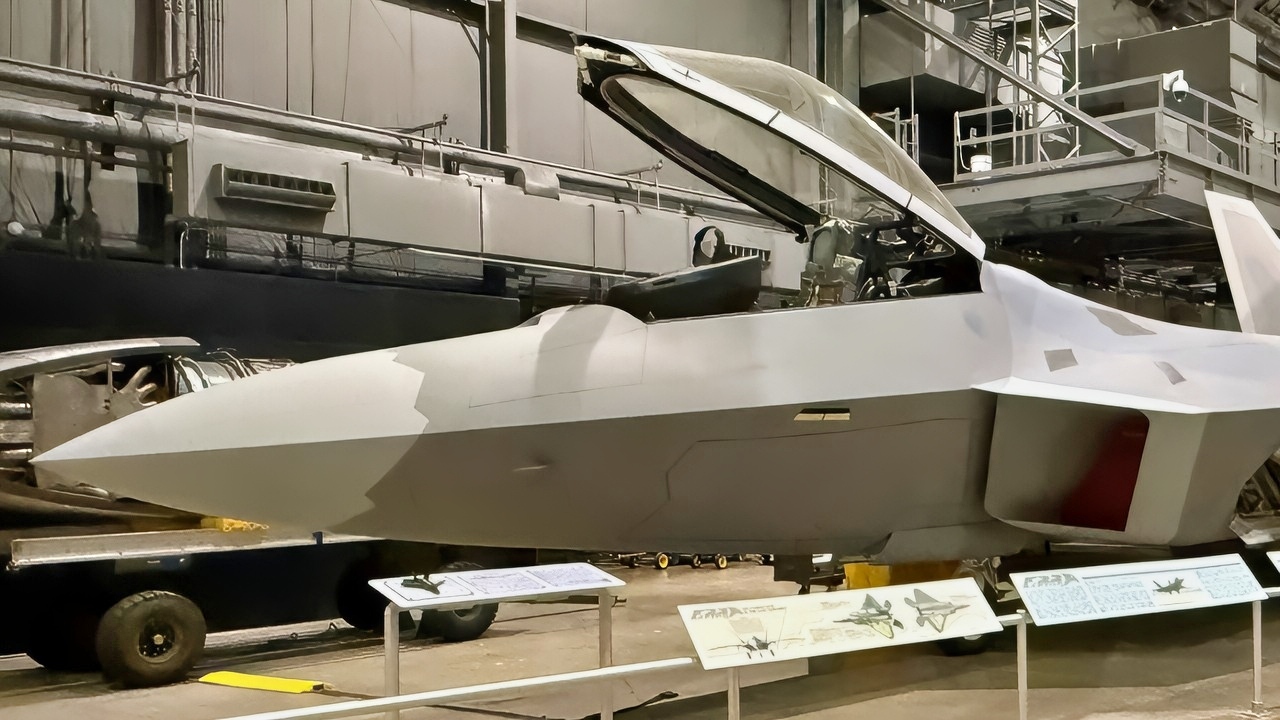
F-22A Raptor Side Angle National Security Journal Photo.
But they do work well enough for Chinese requirements. But even though they are not the state-of-the-art in some respects, they still represent a remarkable achievement from where Chinese industry was 23 years ago.
About the Author
Reuben F. Johnson has thirty-six years of experience analyzing and reporting on foreign weapons systems, defense technologies, and international arms export policy. Johnson is the Director of Research at the Casimir Pulaski Foundation. He is also a survivor of the Russian invasion of Ukraine in February 2022. He worked for years in the American defense industry as a foreign technology analyst and later as a consultant for the U.S. Department of Defense, the Departments of the Navy and Air Force, and the governments of the United Kingdom and Australia. In 2022-2023, he won two awards in a row for his defense reporting. He holds a bachelor’s degree from DePauw University and a master’s degree from Miami University in Ohio, specializing in Soviet and Russian studies. He lives in Warsaw.
More Military
We Almost Touched the F-117 Stealth Fighter











Jim
July 29, 2025 at 11:35 am
A nice piece of journalism.
I always wondered how China would advance with Communism hung around its neck because rote learning of ideology doesn’t stimulate the conditions for creativity needed to make the leap from copying other’s designs to being able to create, design, and manufacture high tech from scratch on your own.
(Well, I guess if the Soviets did it, then there is a way Communism can develop high tech, but I digress.)
Buy it, study it, copy it, understand the concepts and requirements, reverse engineer it, then go for it. Apparently, be willing to have lower performance on the road to higher performance… because indigenous production at the end of the day is crucial in military weapons production.
What the author left out: how much of China’s technological ability is from stealing technology and then reverse engineering it. Perhaps, that was beyond the scope of the article… perhaps, in certain instances China doesn’t need to steal, as seems to be the case as recounted by the author regarding jet engines derived from Russia over many years.
But there’s something else: China is getting more proficient in developing technology independently on their own.
The Genie’s out of the bottle…
Something to think about.
securocrat
July 29, 2025 at 12:42 pm
That’s all just water under the bridge now.
The new WS-15 engine should put all the past and current existing AL-31 variants in the shade.
What’s truly important today is that the J-20 now has the potential to kick America’s vaunted f-22 and f-35 jets right in the behind.
How.
Some time ago, a report leaked out the latest radar of the j-20 has tripled its ability to detect hostiles at three times (3x) the current rate.
Due to new improvements in advanced AESA radar and silicon carbide semiconductor tech. By china’s scientists.
Steven Conn
July 29, 2025 at 5:07 pm
The Chinese WS-15 in 2025 is better (not explained exactly how) than the Russian Al-31 exported in 2002. Ok. Better in real, daily exploitation and reliability? We’ll find out.
What of Al-41 on Su-35? And the eventual 5th generation engine that will power the updated Su-57?
However, I don’t doubt Chinese ability to put out world-class tech as each year passes. Its electric cars, high speed trains, civilian shipbuilding, are among the best in the world. China builds more nuclear reactors each year than all of the West combined
(Russia is in 2nd place).
Chinese state-directed, concerted programs,and managed economy, have shown that this partially Soviet approach in a one-party state have propelled China to become the largest economy in the world and the largest exporter. Nobody has pulled more people out of poverty than China since 1978. Their yearly infrastructure construction dwarfs the US in size, and also surpasses it in speed and efficiency.